Hemp is one of the strongest fibers around.

About
Like its cousin, flax, hemp is a “bast” fiber, which means that the fiber-producing part of the plant is made up of strands that run its length and surround the woody core of the stem. It grows quickly, is naturally resistant to many insect species, and needs little water to cultivate. It also has a deep root system, which helps to reduce soil loss and erosion, and is useful in many different crop rotations. In China, the leading producer of hemp, farmers rotate it with soybeans, tobacco, wheat, and corn.
Challenges
Hemp production, processing, and transportation can be water- and energy-intensive.
Hemp production and processing can involve relatively large quantities of fertilizer and machinery, both of which use a lot of water. And because hemp is bulky, transportation to processing centers can be costly and energy-intensive. Barriers to the wider adoption of hemp also exist. Though hemp has no psychoactive properties, it’s been demonized for belonging to the cannabis family. Plus, the main means for processing hemp was developed in the early 1900s and is only now being updated and expanded to meet rising demand.
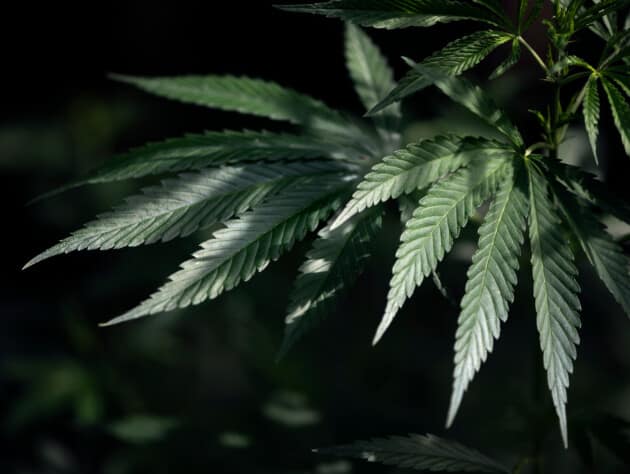
Solutions
For plant fibers like hemp, we’re paying special attention to soil health.
We’re supporting the fashion and textiles industry in switching to fibers and materials that have better environmental and social outcomes than their conventional alternatives. For hemp, this means it should be grown according to verified organic and sustainability standards that take into consideration reduced greenhouse gas emissions, increased biodiversity, healthier soils, and clean and accessible water.
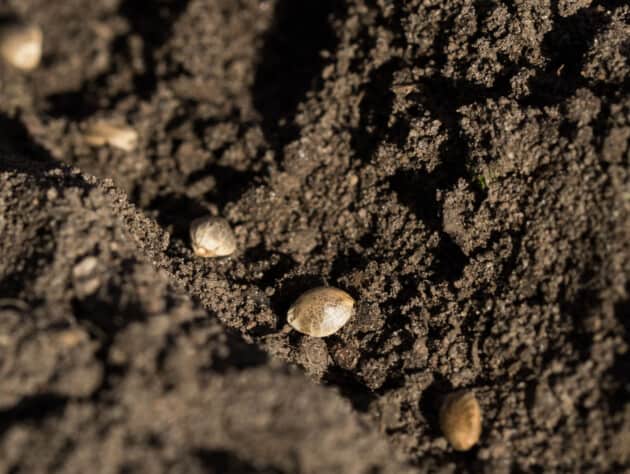
Take Action
Keep soil healthy and supply chains short
Become certified to organic and support other preferred farming practices
As hemp has been prohibited in most nations for so long, very few pesticides are permitted for its production. Let’s work together to create production practices that keep it low-to-no pesticides and rely mostly on natural compost and manure versus synthetic fertilizers.
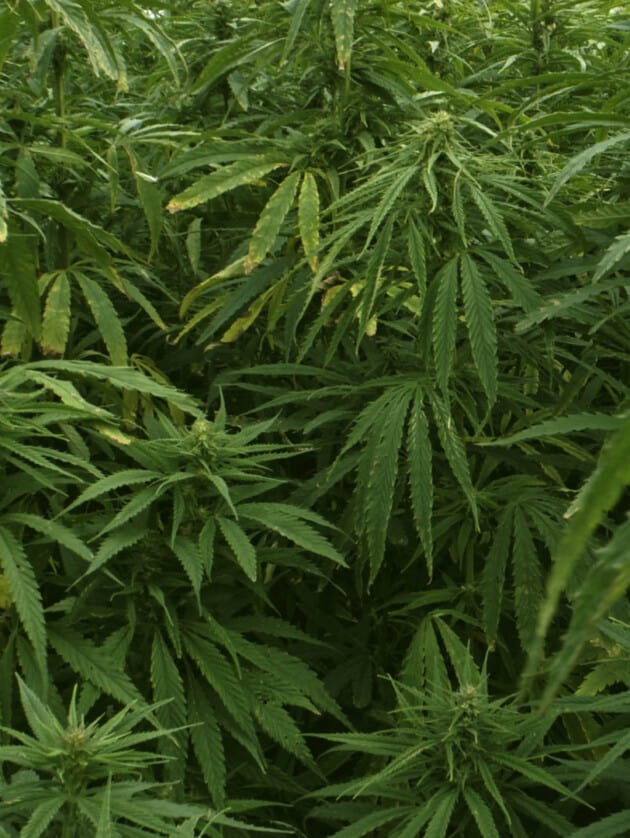
Invest in in-conversion hemp
It takes two to three years for farmers to implement all the practices required to achieve organic certification. Companies can support farmers by investing in the hemp grown during this “in-conversion” or “transitional” period on the journey to organic, sharing financial risks and opportunities.

Keep the supply chain short
Hemp has been praised for building soil health and improving its ability to absorb carbon. Brands should establish localized supply chains to reduce greenhouse gas-intensive transportation miles.

OCS
Our industry standard for organic fibers
The Organic Content Standard (OCS) is a voluntary global standard that sets the requirements for the third-party certification of certified organic input and chain of custody. Its aim is to increase organic agricultural production.
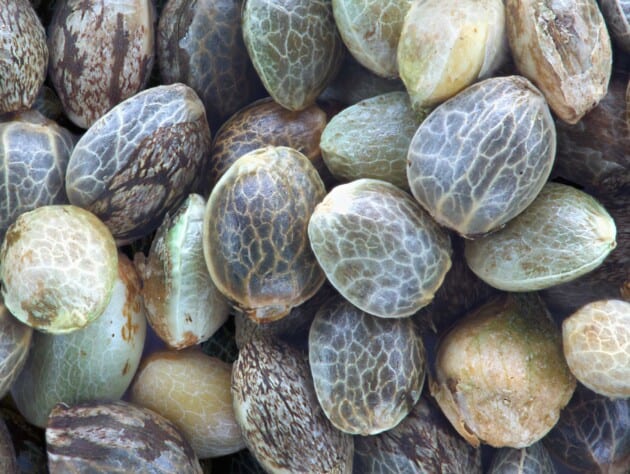
Materials Production Dashboard
Get the latest data
You can access our latest data on production volume for cotton in our Materials Production Dashboard.
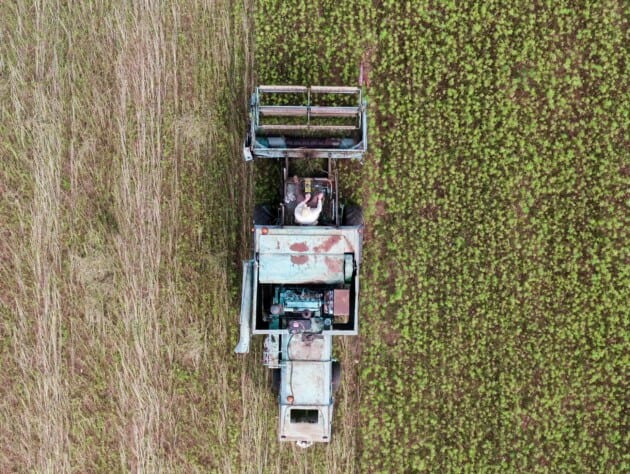
Frequently Asked Questions
If you have a question not answered here, get in touch with us directly, and we’ll be happy to answer it for you.
How is hemp grown?
At the moment, very few pesticides are permitted to be used on hemp, and many of them are biologicals. Hemp is also a nitrogen-thirsty crop. But studies have shown that compost and manure can provide enough nutrients for hemp to grow well, and synthetic fertilizers aren’t needed. This may change as the crop becomes more of a commodity, however. There will likely be a push to include conventional pesticides, synthetic fertilizers, and perhaps even genetically modified varieties. It’s vital to keep the low-input nature of current hemp farming practices in place so that growing the crop has a small impact on biodiversity, water quality, and greenhouse gas emissions and still improves the health of the soil.
How can brands show their support for organic and preferred production practices?
Certification to a program such as Textile Exchange’s Organic Content Standard is a good starting point. For non-organic production, brands should still adhere to practices that support Textile Exchange’s Climate+ strategy, which calls for a 45% reduction in the greenhouse gas (GHG) emissions that come from producing fibers and raw materials by 2030, while also supporting the interdependent impact areas of biodiversity, soil health, and water quality and availability.
As a brand, what’s the best way to introduce hemp into our materials portfolio?
Hemp can be used in a blend with cotton, silk, and a variety of other fibers and materials. Some brands also like to use it as 100% content, whether in knits or woven materials. Hemp is increasingly being used in textiles, particularly apparel, bedding, shoes, and home goods, such as curtains.
What else should brands consider when they look at their hemp supply chain?
It’s important to consider the least “transportation miles” while developing product lines, and therefore support the development of localized processing and manufacturing facilities. There is a ban on hemp production in many countries, and this has led to the demise of hemp machinery throughout the supply chain. Greenhouse gas emissions stem largely from fossil-fuel-based transport to processing facilities, often far from the point of production.
What is regenerative hemp?
There is no single definition of regenerative agriculture and no one-size-fits-all solution. Regenerative agriculture takes a holistic systems approach that puts humans and ecosystems at its core, and has documented benefits related to biodiversity, water availability and quality, climate resilience, and livelihoods. Textile Exchange suggests that regenerative programs do not include the use of synthetic pesticides and fertilizers.
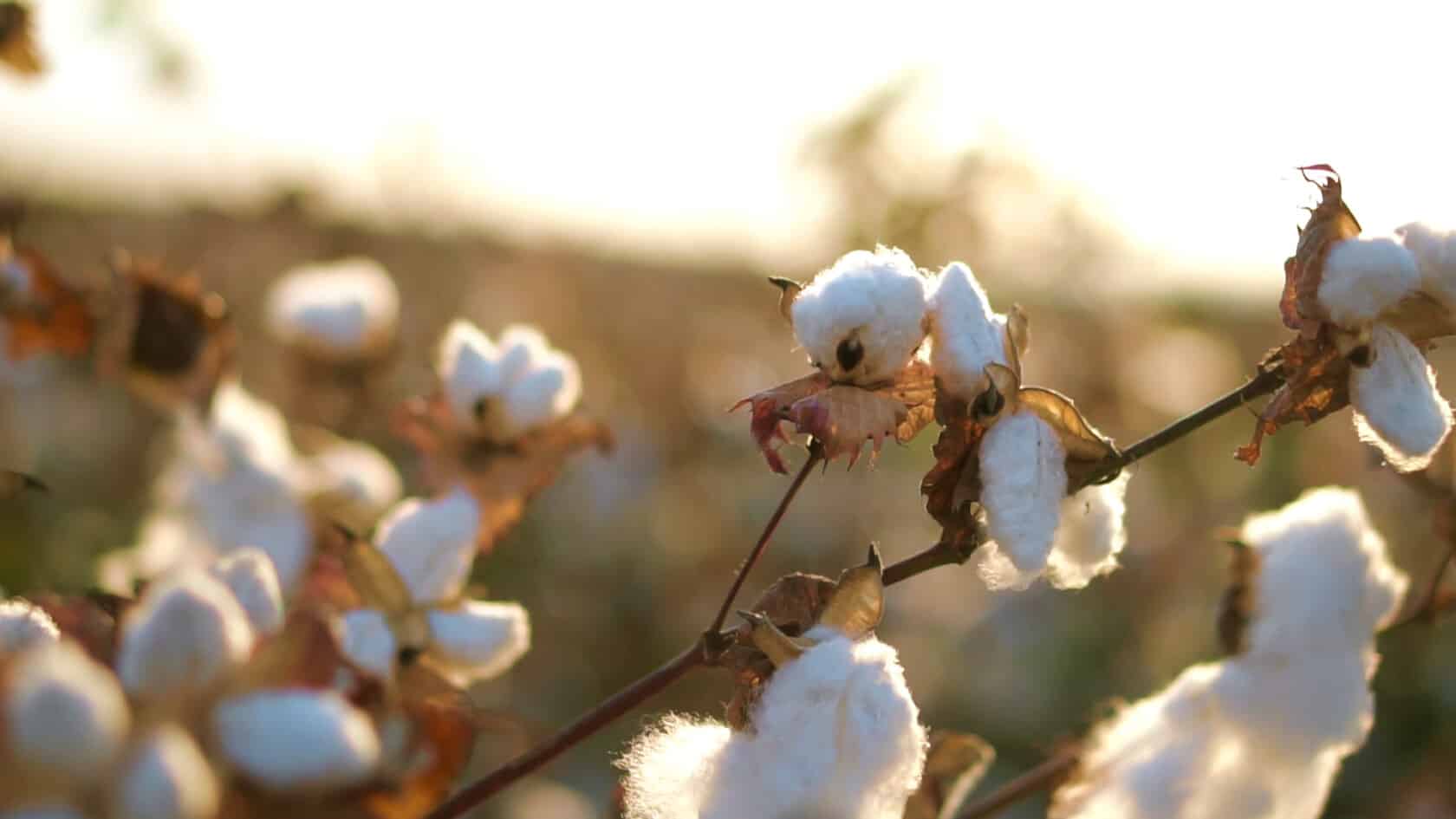
Other Plant Fibers
Cotton
Cotton is a popular fiber choice for both brands and consumers. Strong, breathable, natural, and renewable, cotton is one of the most widely used materials in the fashion and textiles industry.